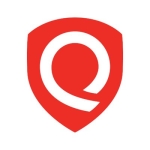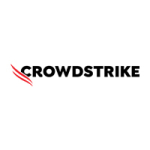Primarily, we use this solution to detect security configurations in AWS environments.
The reporting is quite good. It is the most powerful aspect of this solution.
It's user-friendly.
In general, we abandoned this solution this year.
Each component of this solution, in my opinion, could be improved.
Integration with ticketing systems, as well as the most important noise and completeness over findings, are definitely in need of improvement. They didn't take into account some additional context.
The UI is very slow.
There is room for improvement. Consider the entire context of the findings and try to avoid making a comparison between the rule and the entity's state. In general, for the product to be successful, they need to improve security, and configuration detection.
It generates a large number of false positives.
We haven't attempted to scale the product because there are no additional plug-ins or add-ons.
We have contacted technical support but were not satisfied. Technical support needs improvement.
The initial setup was straightforward.
Licensing fees are paid on a yearly basis.
From a pricing perspective, they are pretty expensive. You can find better offerings on the market.
I would not recommend this solution to other users.
I would rate Check Point CloudGuard Posture Management a seven out of ten.


















